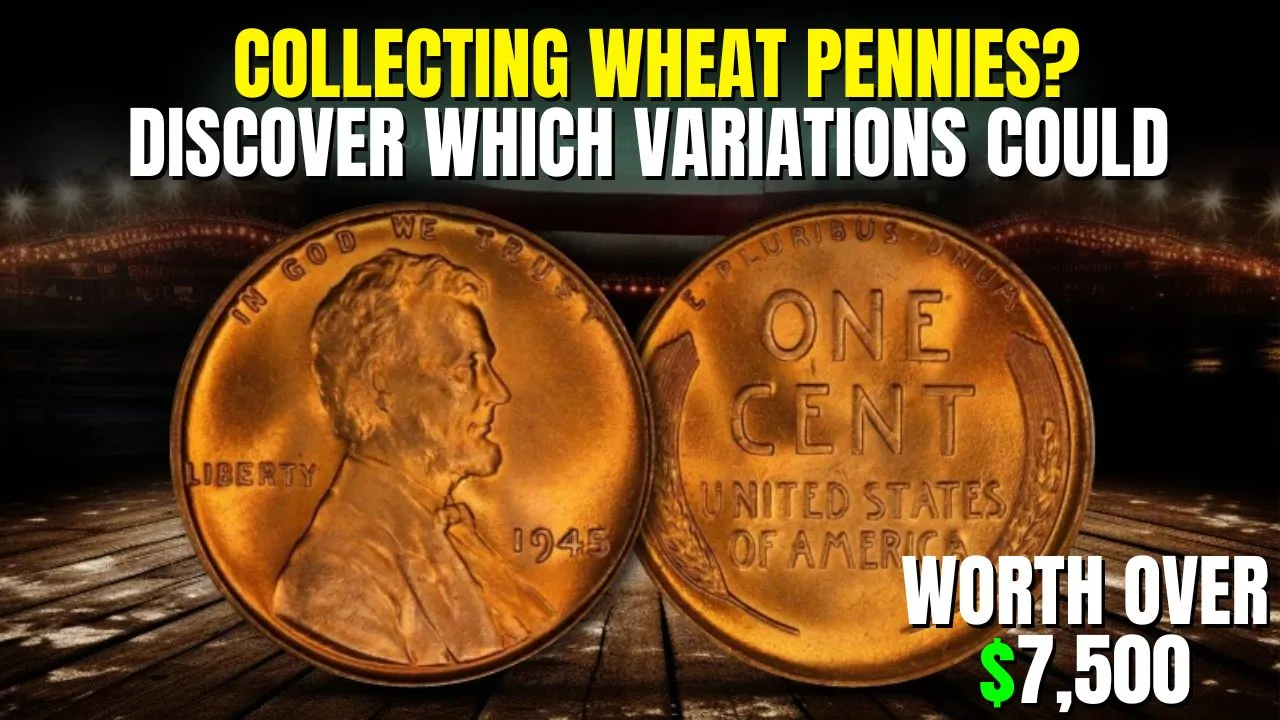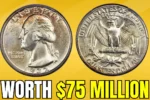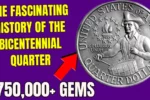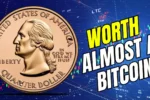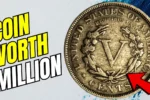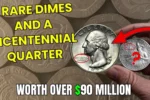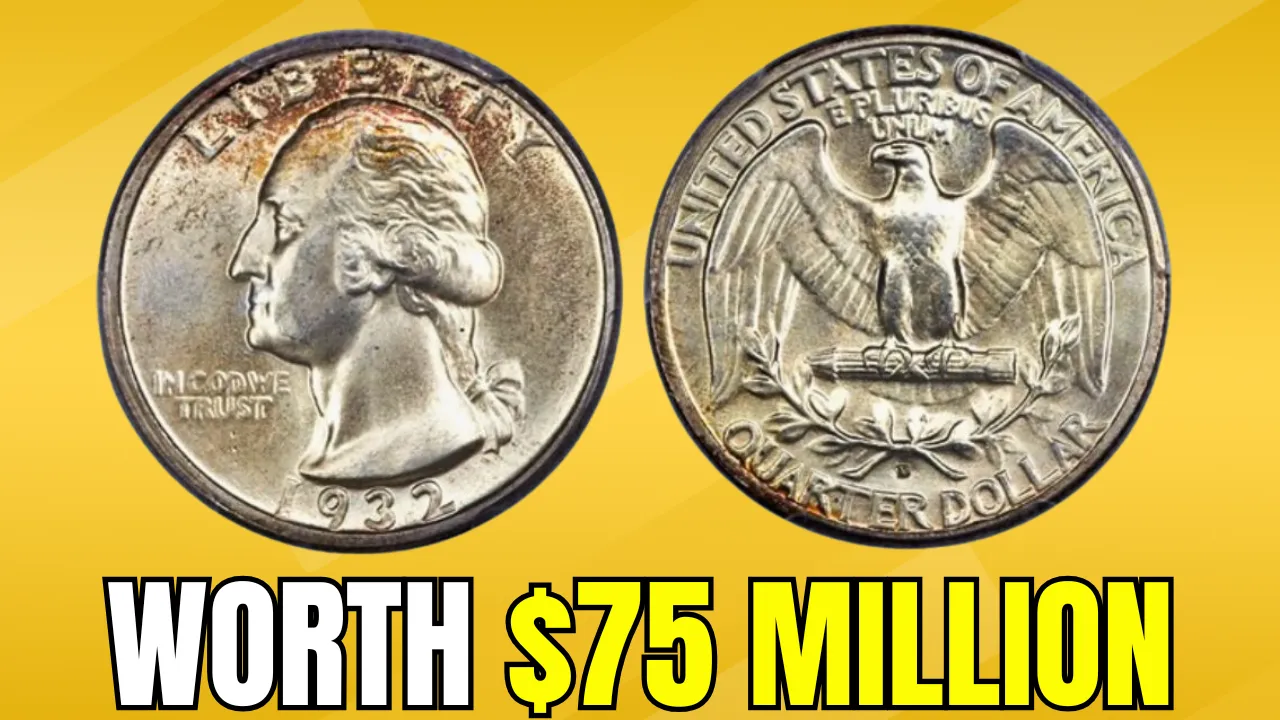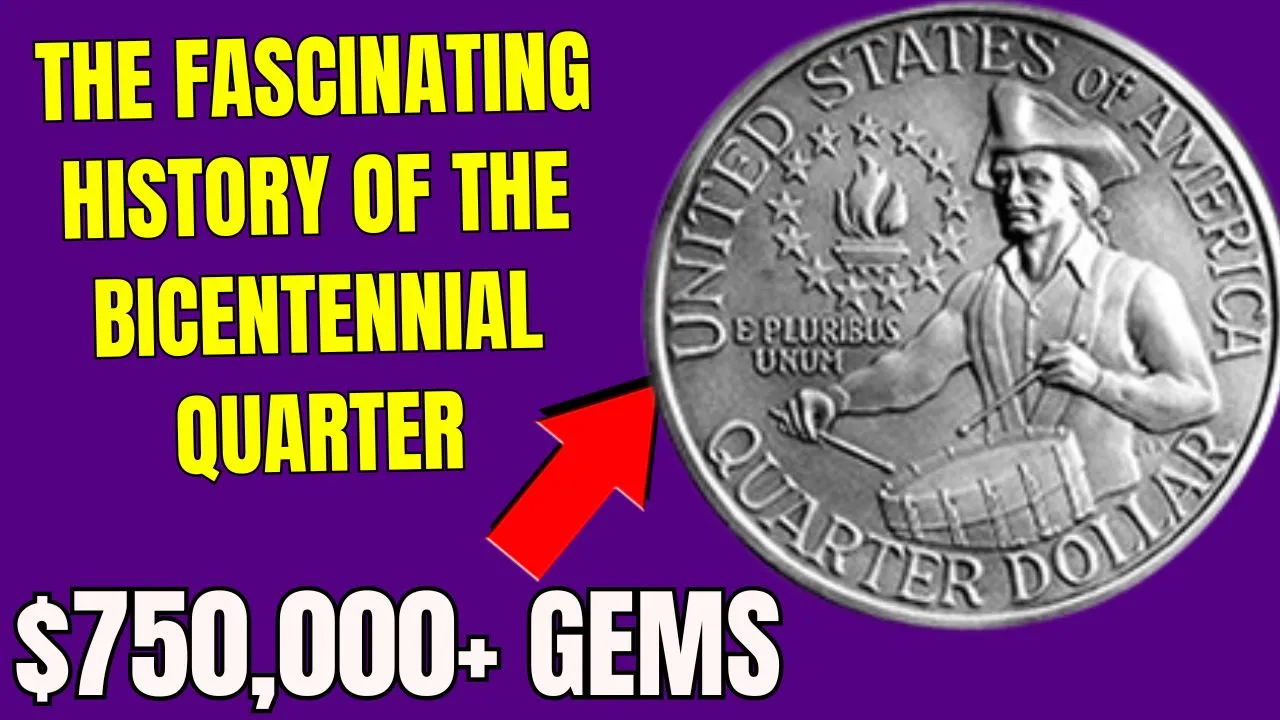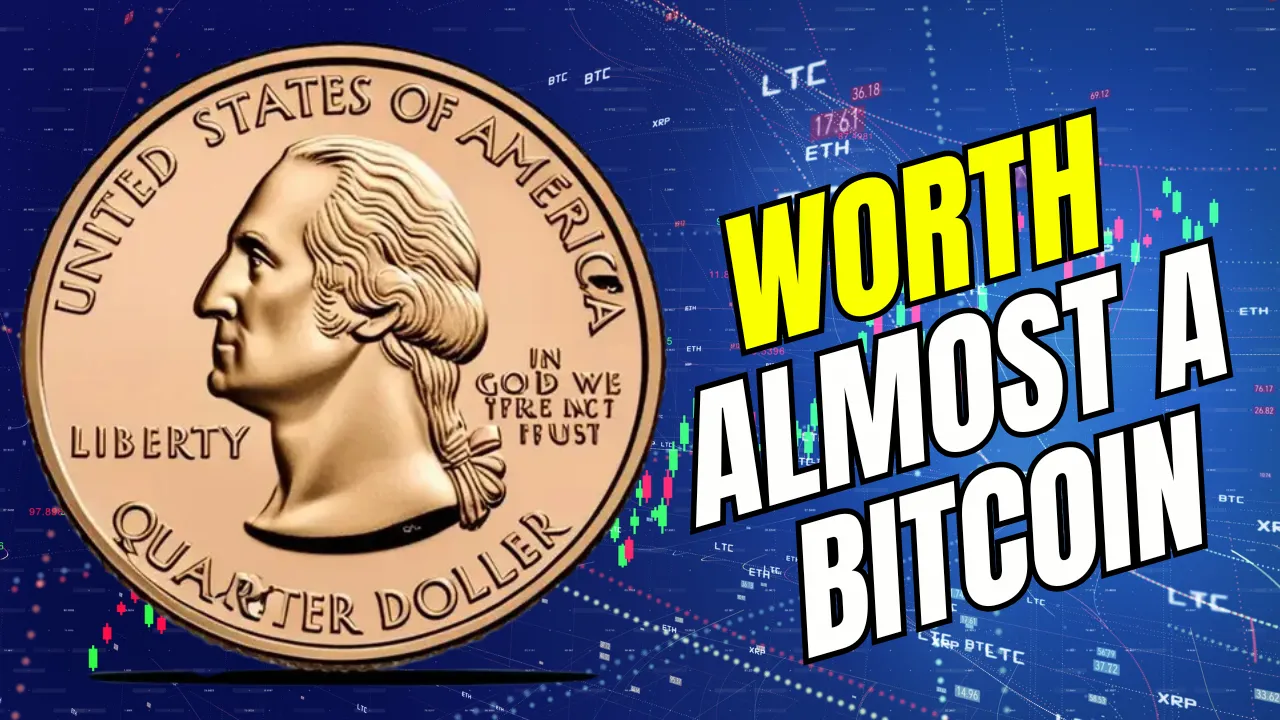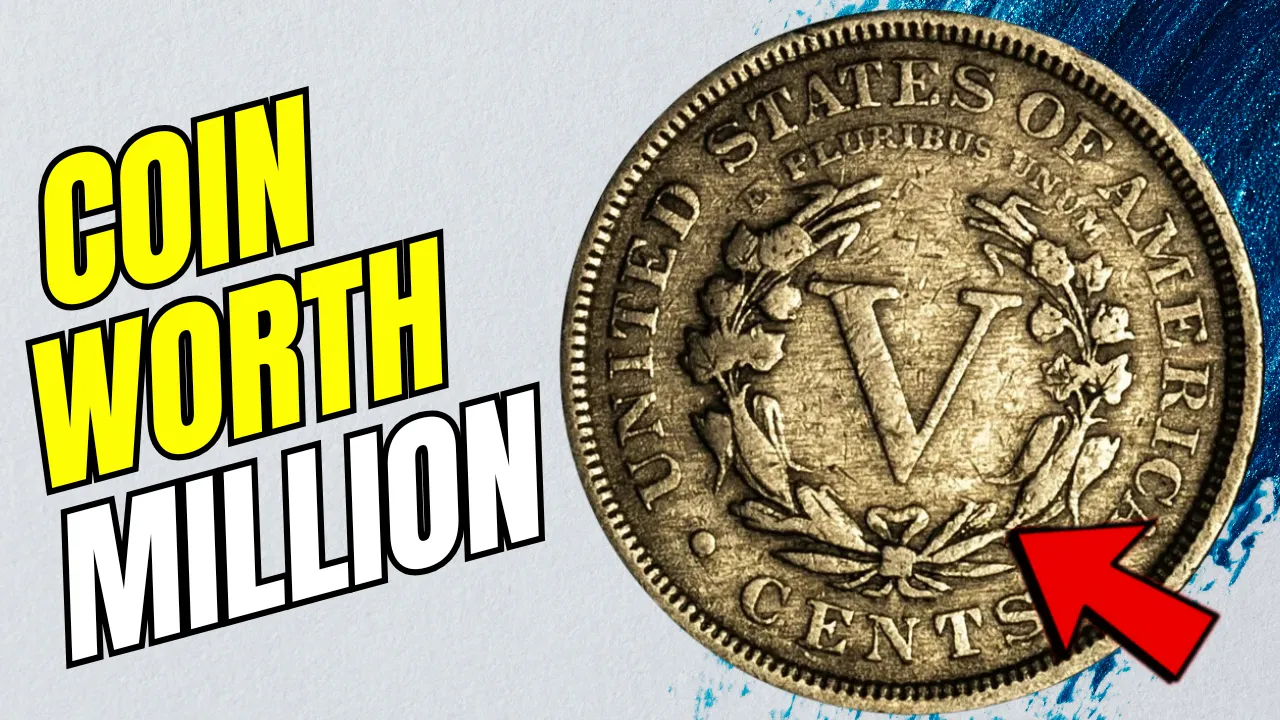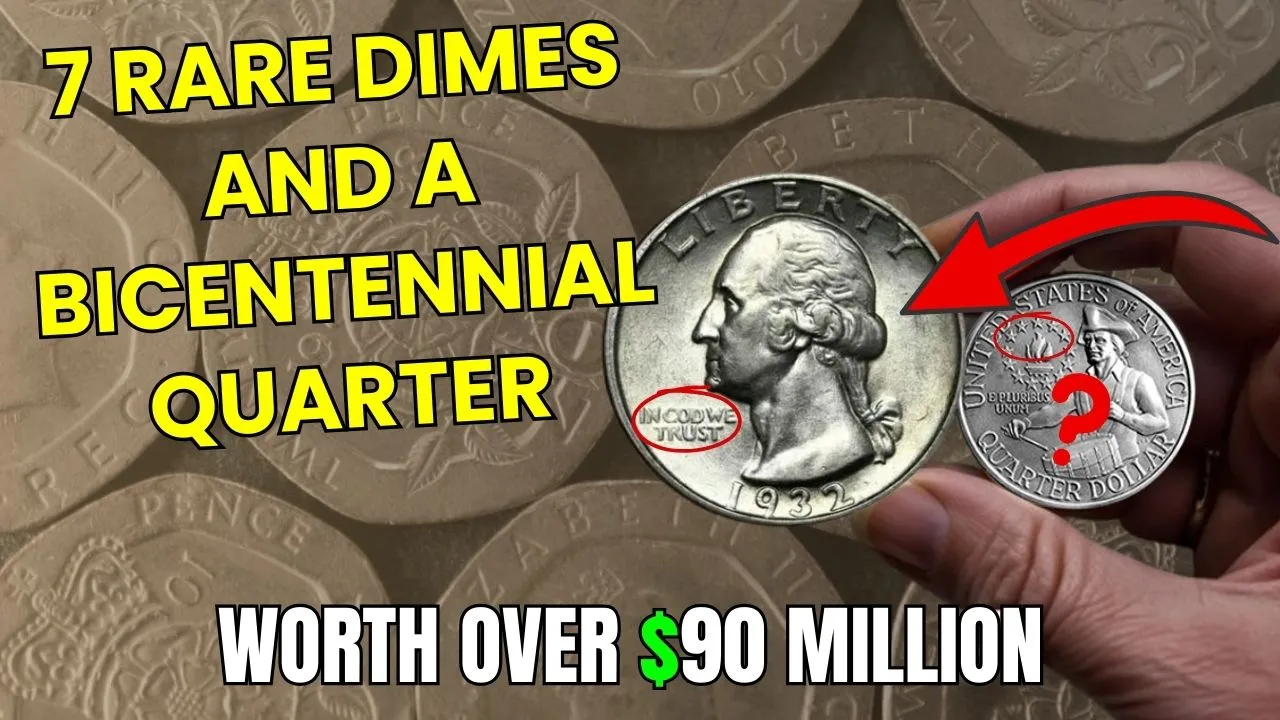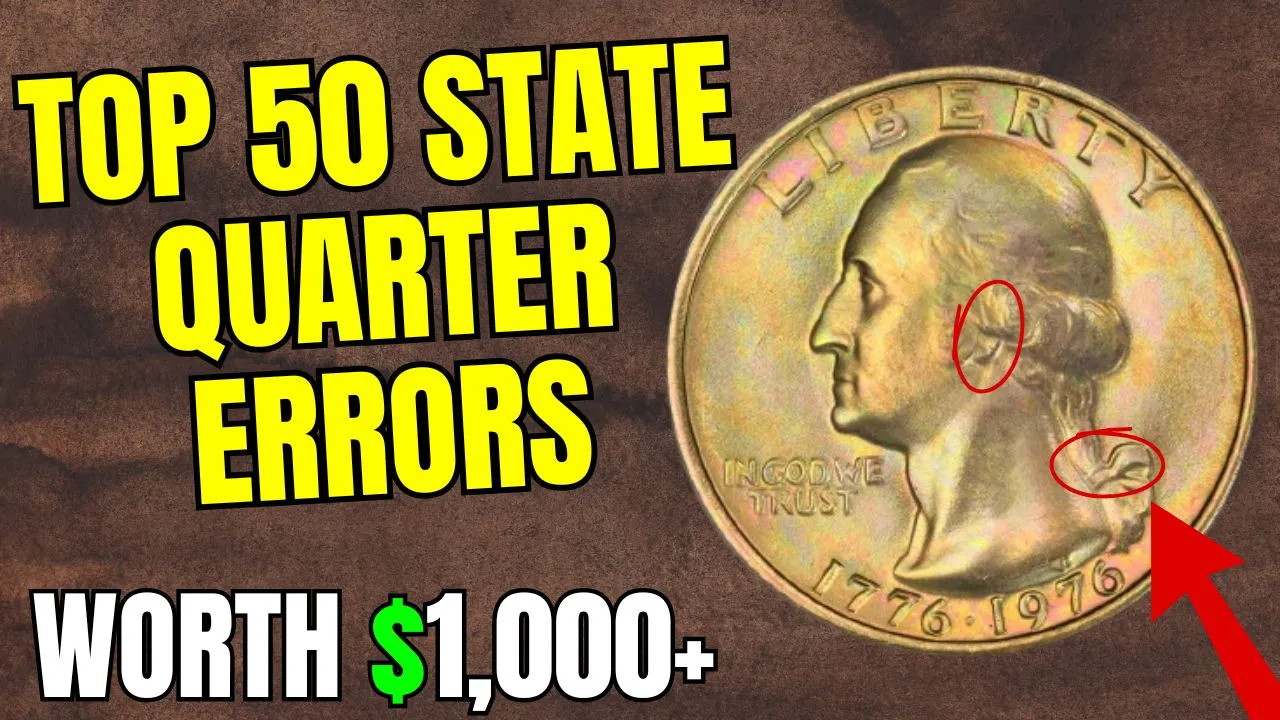Collecting Wheat Pennies: RARE WHEAT PENNY collectors know that these iconic coins represent more than just small change—they’re pieces of American history. Minted between 1909 and 1958, these pennies are beloved for their timeless design and connection to President Abraham Lincoln. While many Wheat Pennies are common and hold sentimental value, some rare variations are highly sought after and can be worth thousands of dollars.
This article dives into the fascinating world of RARE WHEAT PENNY coins, exploring the variations that stand out due to unique features, minting errors, or limited production. Whether you’re a novice or a seasoned numismatist, this guide will help you identify these prized pennies and understand what makes them so valuable.
Overview of Rare and Valuable Wheat Penny Variations
| Coin | Special Feature | Value Range |
| 1909-S VDB | First Lincoln penny with designer initials on the reverse. | $500–$1,600+ |
| 1909-S | Low mintage early coin without designer initials. | $70–$370 |
| 1909-S Over Horizontal S | Mint error featuring a misaligned “S” mintmark. | $80–$400 |
| 1914-D | Scarce penny with a low survival rate in high condition. | $100–$400+ |
| 1917 Double Die Reverse | Doubling of text and reverse design due to die misalignment. | $160–$7,500 |
The Legendary 1909-S VDB: A Collector’s Prize
The 1909-S VDB Wheat Penny holds a special place in numismatic history. It was created in 1909 to honor the centennial of Abraham Lincoln’s birth. Designed by Victor David Brenner, the coin featured his initials, “V.D.B.,” prominently on the reverse. Public criticism over the visible initials led to their swift removal, resulting in only 484,000 coins being minted in San Francisco.
This rarity, combined with the coin’s historical significance, makes the 1909-S VDB incredibly desirable. Circulated versions can start at $500, while pristine, mint-condition examples can sell for over $1,600. For collectors, owning this coin is akin to holding a piece of American history.
1909-S: A First-Year Treasure
Another gem from the inaugural year of Wheat Pennies is the 1909-S, which lacks the controversial “V.D.B.” initials but remains highly collectible. With just 1.83 million produced, this coin stands out as one of the rarer releases in the series.
Despite its simpler design, the 1909-S carries significant value due to its connection to the first Lincoln cent run. Coins in lower grades typically fetch $70 or more, while those in better condition can command prices up to $370.
1909-S Over Horizontal S: A Unique Mint Error
Error coins add an element of excitement to any collection, and the 1909-S Over Horizontal S is a prime example. This variation resulted from a minting mistake where the “S” mintmark was first stamped horizontally before being corrected to a vertical position. The overlapping impressions are clearly visible under magnification.
This fascinating error has become a coveted item for collectors who appreciate its rarity and story. Depending on condition, the 1909-S Over Horizontal S is valued between $80 and $400.
The Coveted 1914-D: Rare and Valuable
The 1914-D Wheat Penny, minted in Denver, is a challenging find for collectors due to its low survival rate. Although over one million were produced, few remain in circulation today, particularly in high-grade condition.
Coins like the 1914-D are a testament to the importance of preservation in determining value. A heavily circulated example may start at $100, but well-preserved pieces can exceed $400. Exceptional specimens have even greater worth, reflecting their rarity.
1917 Double Die Reverse: A Collector’s Delight
The 1917 Double Die Reverse is among the most visually striking error coins in the Wheat Penny series. It was created when the die used to stamp the coins struck twice, slightly off alignment. This error caused parts of the design and text, such as “TRUST” and the date, to appear doubled.
Easily identifiable with a magnifying glass, the 1917 Double Die Reverse is a true standout. Depending on its grade, this coin’s value ranges from $160 to an astounding $7,500 for pristine examples, making it a prized possession for collectors.
Why Are RARE WHEAT PENNY Variations So Valuable?
Several factors contribute to the high value of RARE WHEAT PENNY coins. Understanding these can help collectors prioritize their searches and investments.
- Scarcity
Limited mintage or accidental errors during production often result in lower quantities of certain pennies. Scarcity creates demand, driving up value. - Condition
Coins in better condition naturally command higher prices. Collectors often look for pennies with sharp details, minimal wear, and no visible damage. - Historical Significance
Coins like the 1909-S VDB are tied to key moments in American history, adding to their appeal and value.
Tips for Spotting Rare Wheat Pennies
If you’re eager to uncover a RARE WHEAT PENNY, here are some tips to help you succeed:
- Use Proper Tools: A magnifying glass or loupe is essential for spotting small details like mint errors or doubled text.
- Check Mint Marks: Coins from San Francisco (marked “S”) or Denver (“D”) tend to be rarer than their Philadelphia counterparts.
- Inspect for Errors: Look for features like doubling, misplaced mintmarks, or unusual design quirks.
- Know the Key Dates: Focus on years like 1909, 1914, and 1917, which are known for valuable variations.
FAQs About RARE WHEAT PENNY Variations
Q1: What makes the 1909-S VDB so valuable?
Its low mintage of just 484,000 coins combined with its historical importance makes it one of the most sought-after Wheat Pennies.
Q2: How can I verify a 1917 Double Die Reverse?
A magnifying glass will help reveal the doubling on the reverse side, particularly in words like “TRUST” and the date.
Q3: Should I clean my Wheat Pennies before selling them?
No. Cleaning coins can reduce their value by damaging the surface and affecting their authenticity.
Q4: Are all 1909 pennies rare?
Not all 1909 pennies are valuable. Variations like the 1909-S VDB and 1909-S are rare and highly sought after.
Q5: Where can I sell valuable Wheat Pennies?
Coin dealers, auctions, and online platforms like eBay are good places to sell rare coins. A professional grading certificate may increase their value.
Final Thoughts
Collecting RARE WHEAT PENNY coins is more than just a hobby; it’s an adventure into history, artistry, and discovery. Whether you’re searching for rare errors or appreciating the timeless design, these coins offer incredible value to collectors of all levels. Keep an eye on your change and explore local coin shops—you might just stumble upon a hidden treasure!
Have a story about a special Wheat Penny you’ve found? Share it in the comments below, or pass this guide along to fellow enthusiasts. Happy collecting!
